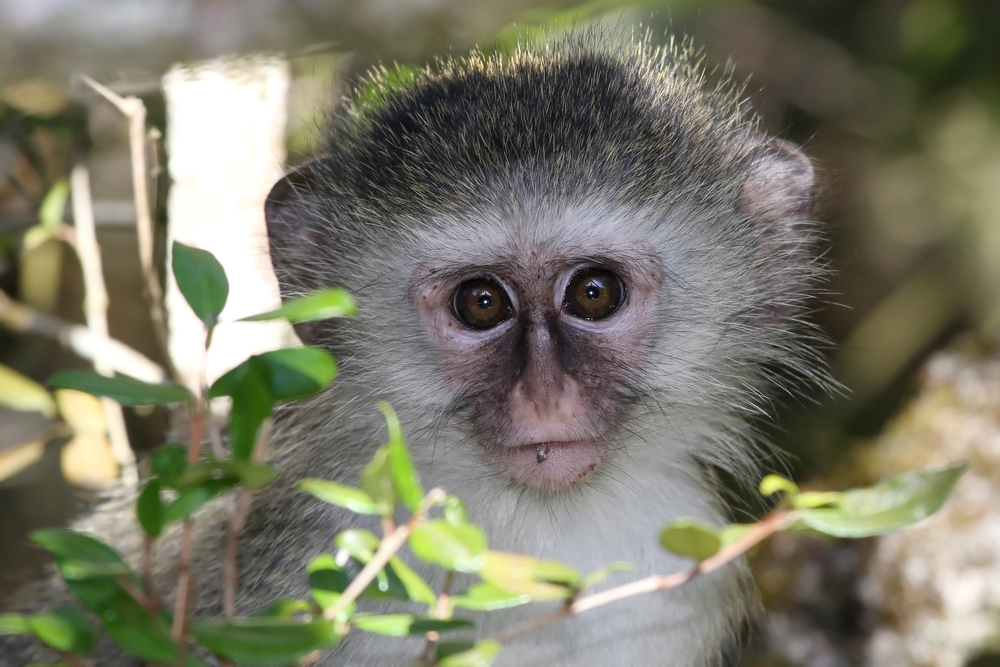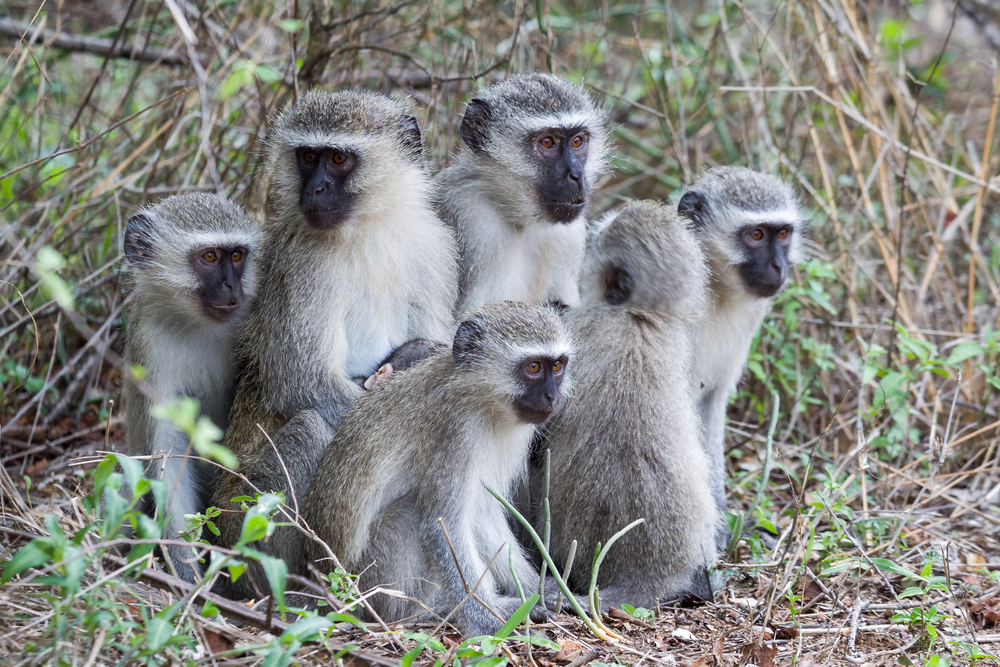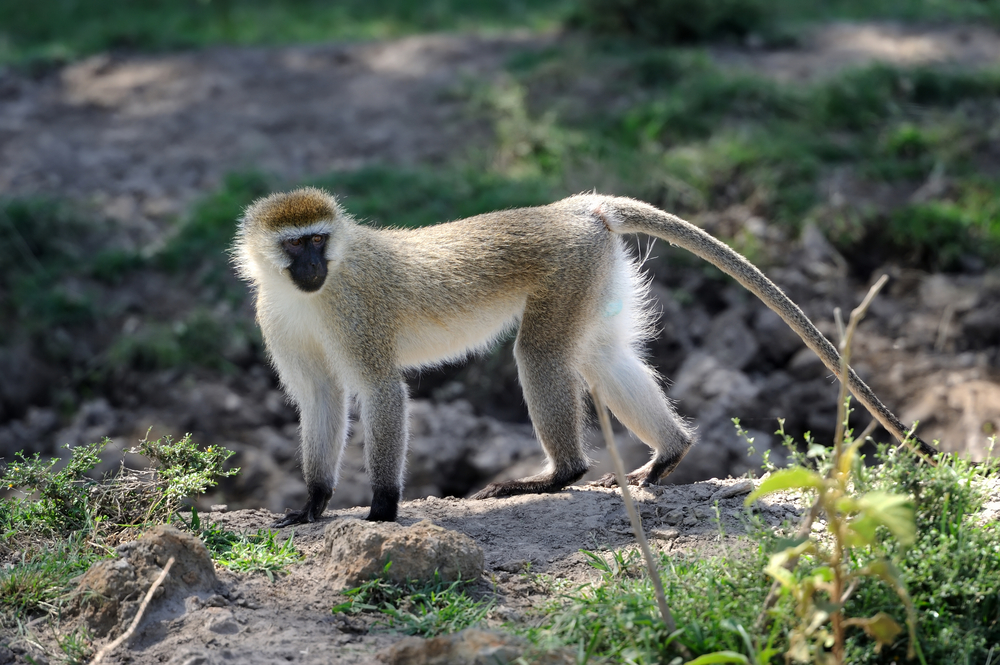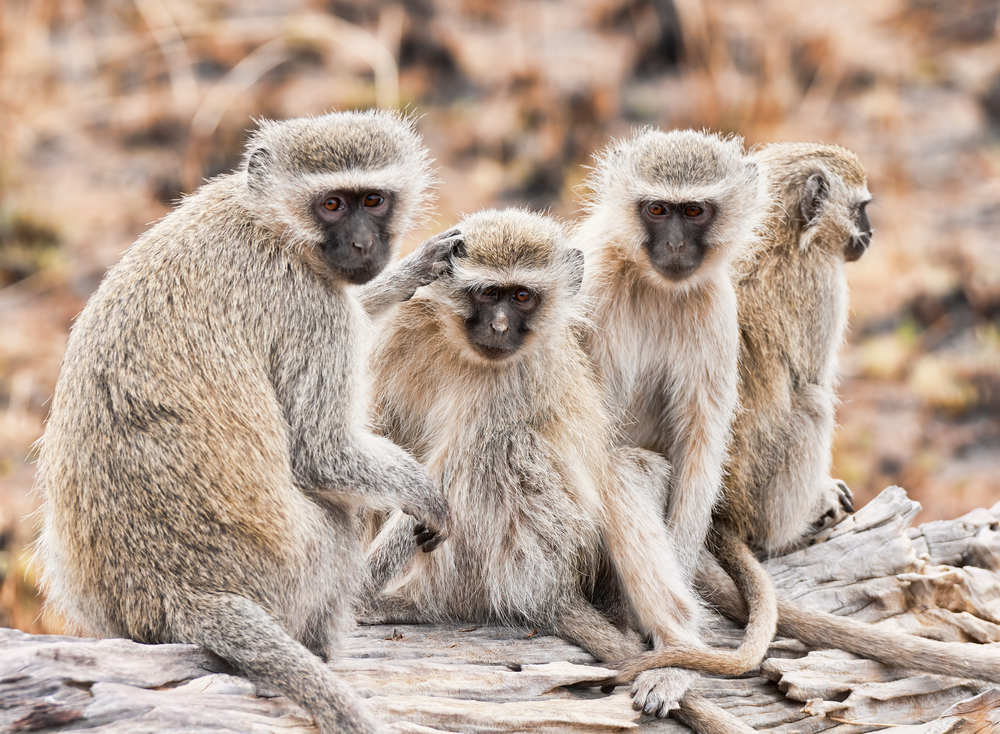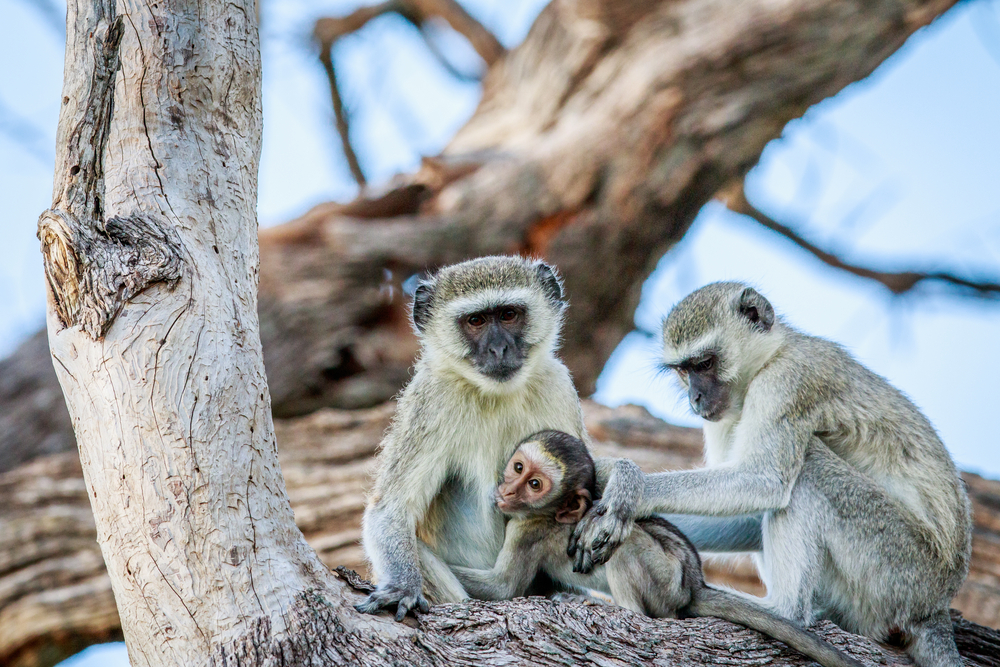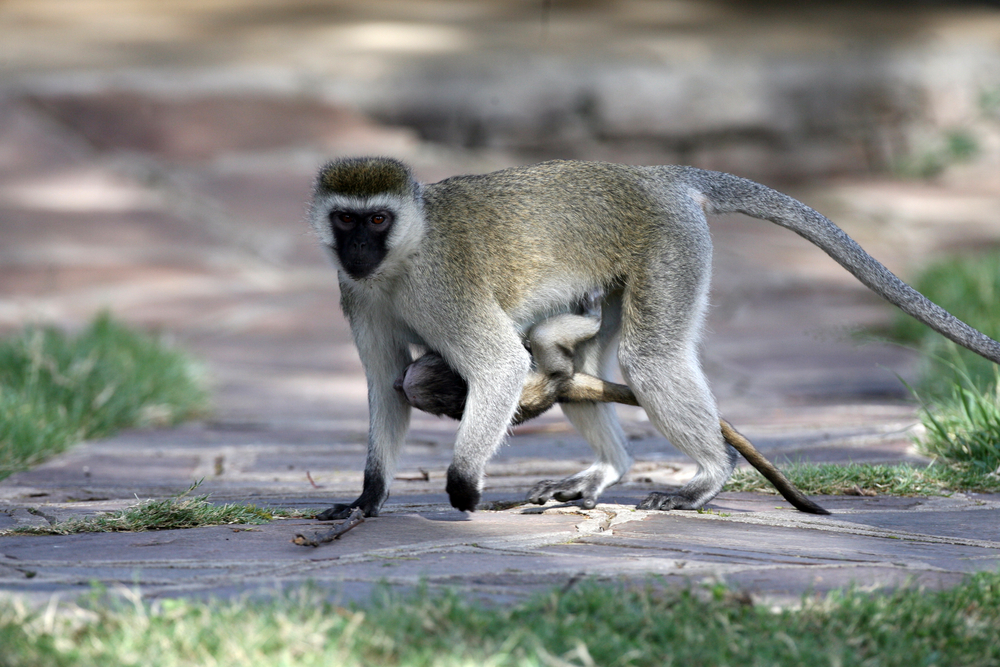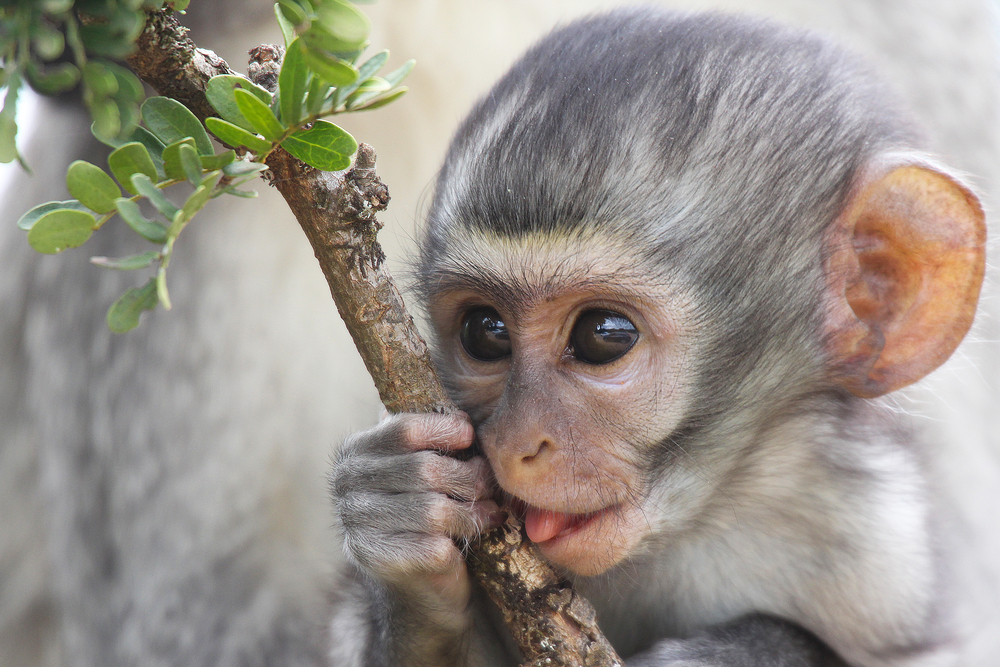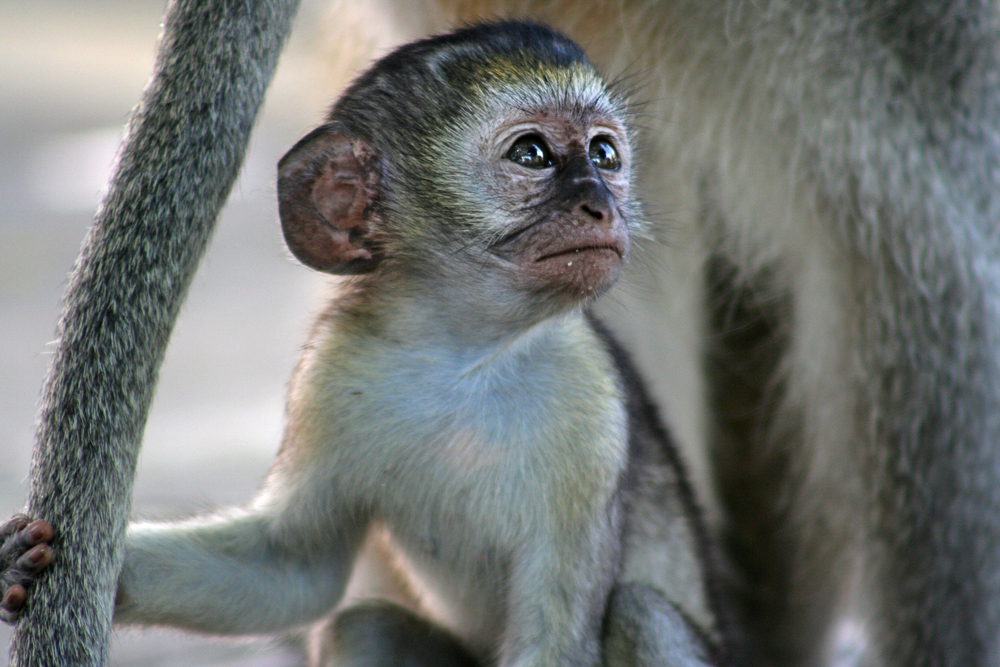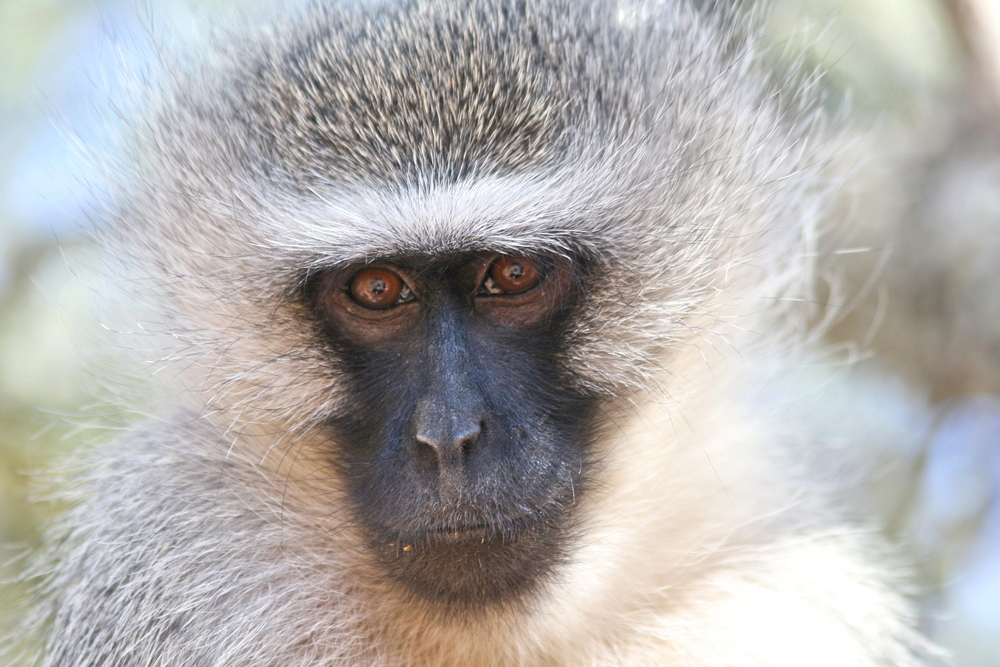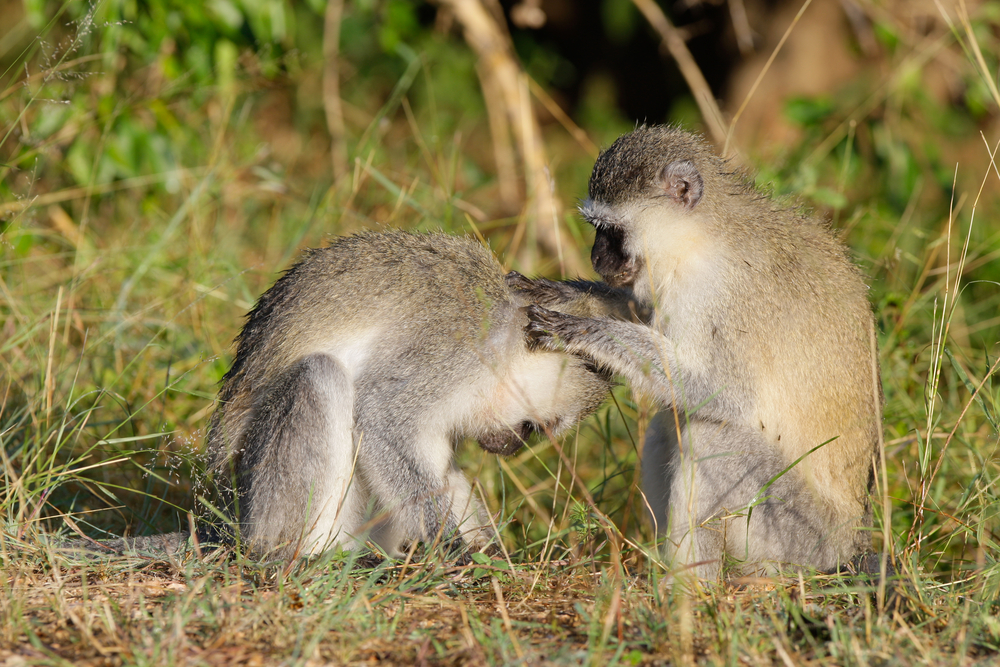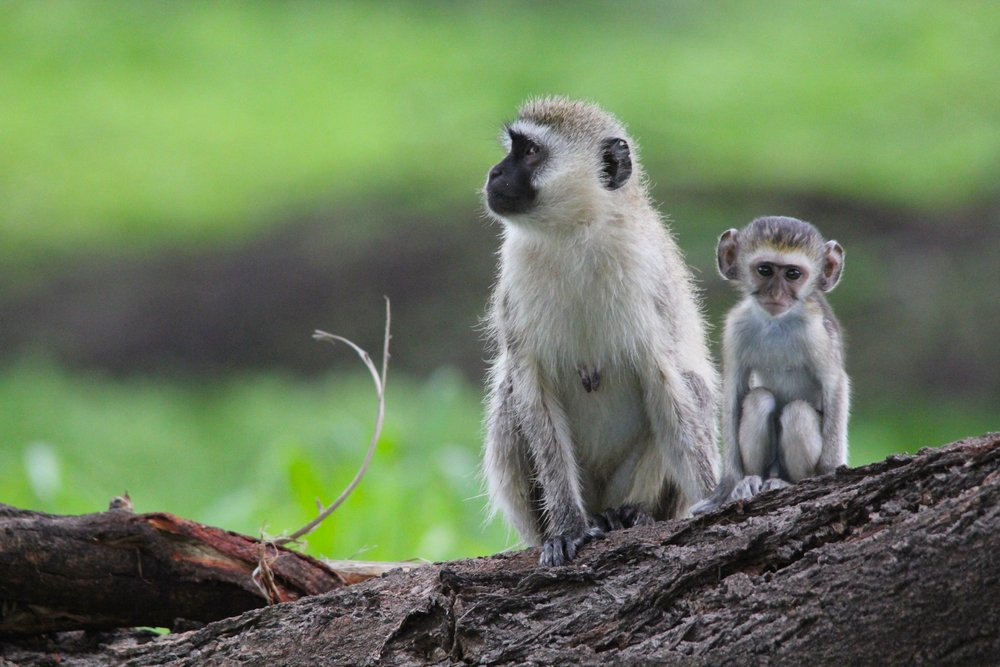Vervet monkeys (Chlorocebus) are a group of closely related Old World monkeys found in various parts of Africa. There are several recognized species and subspecies within the genus Chlorocebus. Some of the recognized vervet monkey species and subspecies include:
- Vervet Monkey (Chlorocebus pygerythrus): This is the most widely recognized species of vervet monkey found in East and Southern Africa.
- Tantalus Monkey (Chlorocebus tantalus): Native to West and Central Africa, including regions in West and Central African countries.
- Malbrouck (Chlorocebus cynosuros): Inhabits parts of West and Central Africa.
- Samango Monkey (Chlorocebus samango): Found in South Africa and surrounding regions, recognized for its distinct appearance.
- African Green Monkey (Chlorocebus sabaeus): Native to West Africa, including regions in West African countries.
- Grivet Monkey (Chlorocebus aethiops): Inhabits parts of East Africa and the Horn of Africa, known for its adaptation to various habitats.
- Patas Monkey (Chlorocebus patas): Native to West and East Africa, including regions in African countries.
- Sykes’ Monkey (Chlorocebus albogularis): Found in East and Central Africa, recognized for its appearance and range.
Each of these vervet monkey species and subspecies has its own unique geographic range, physical characteristics, and behaviors, making them a diverse and adaptable group of primates.



































































